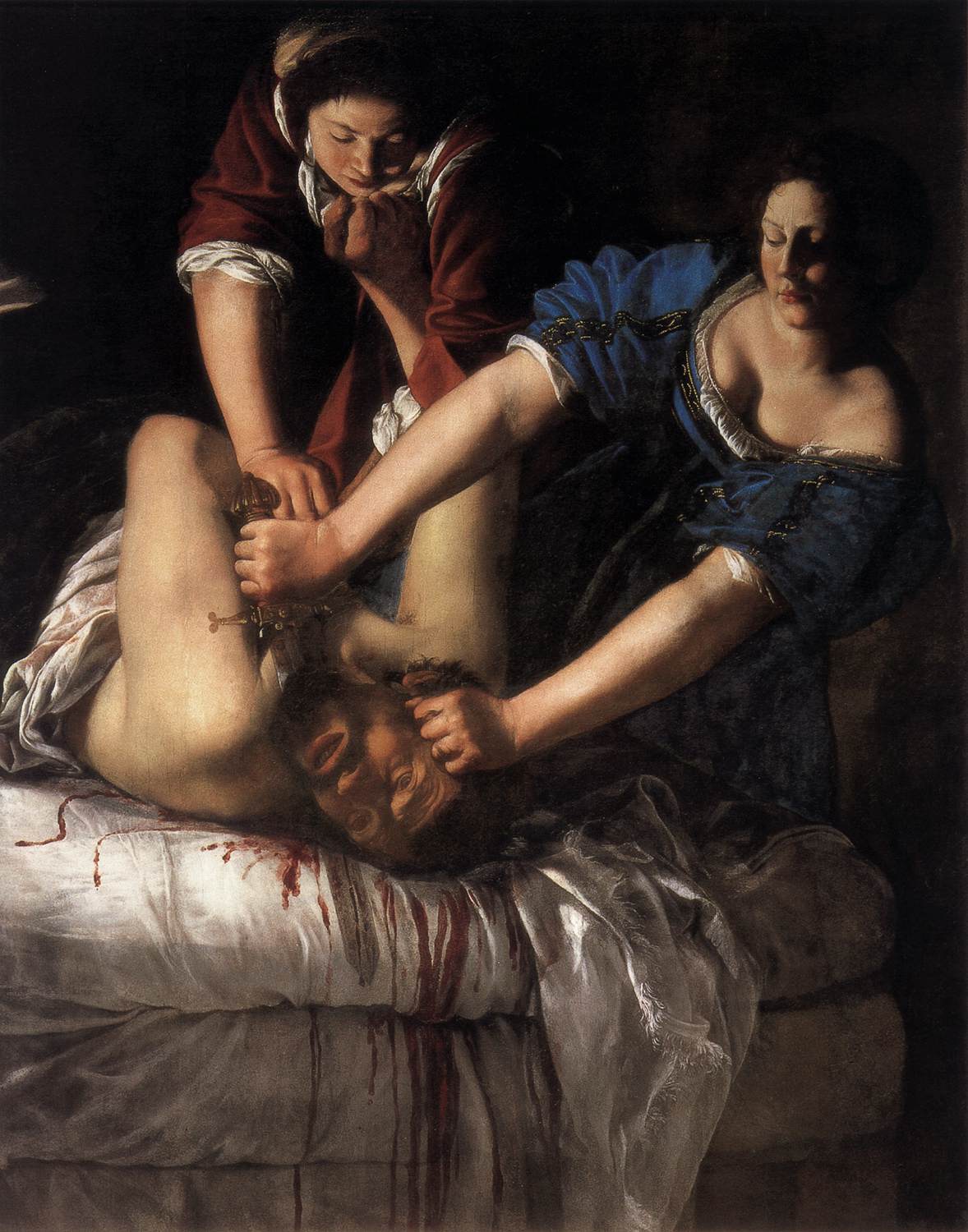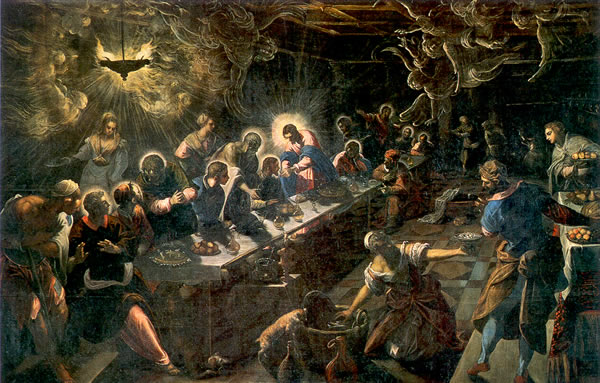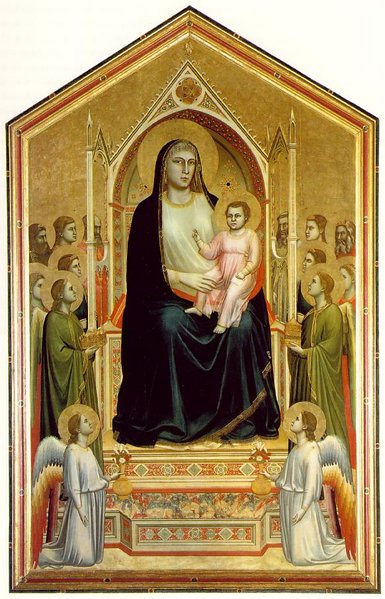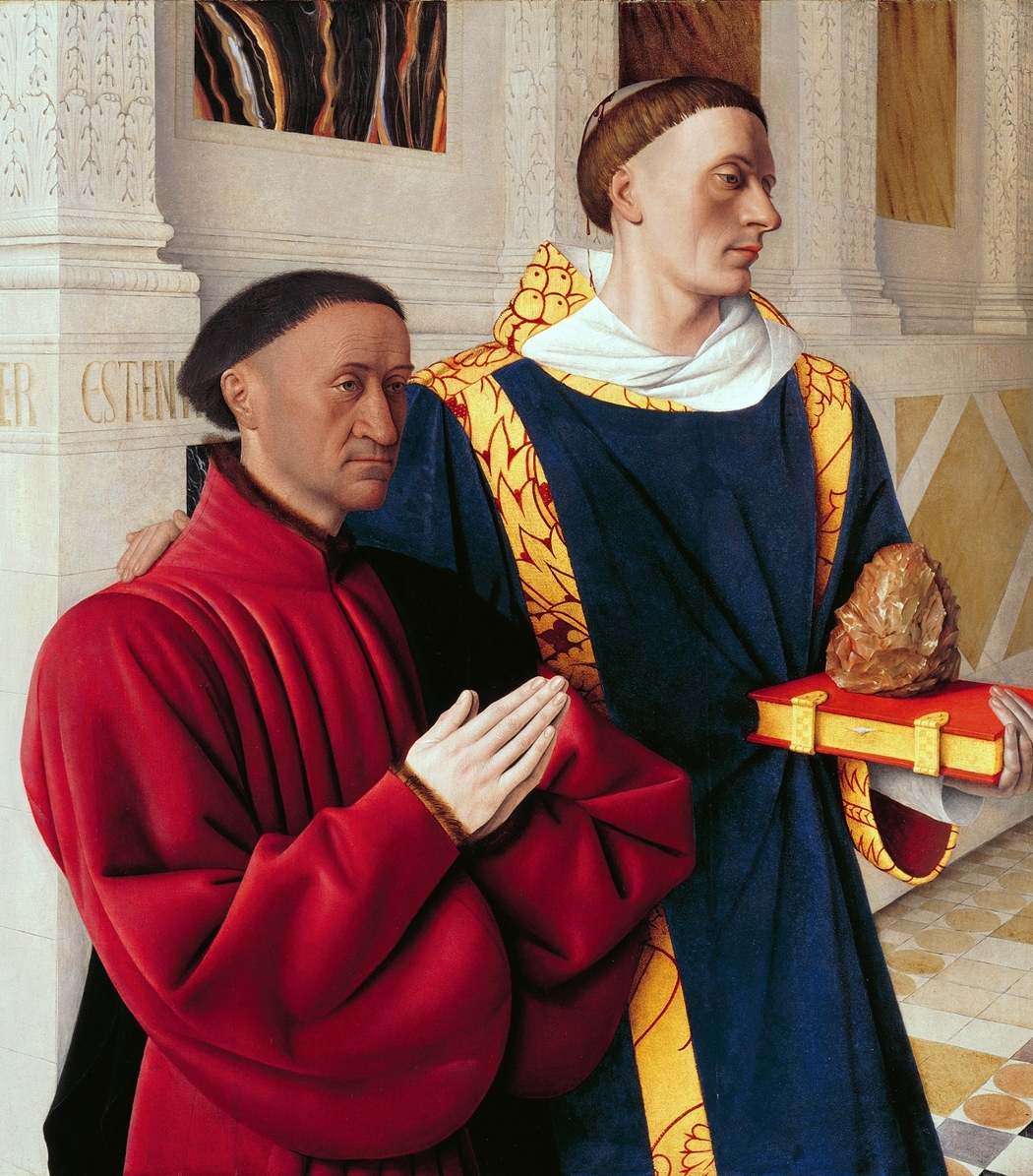This painting is often considered to be Rembrandt most famous piece of work. Frans Banning Cocq and seventeen of his men commissioned the painting. Only seven members of the company are identifiable by historical records, but it could have been assumed that a person could have walked up to the painting when it was completed, and recognize every member of the company. This is a prime example of the corporate portraits that were popular at the time. The painting was so dark that it was called the Night Watch by its early owners. This darkness is part of a technique called chiaroscuro, where extreme lights and dark are used to symbolize the importance of the subject and create a visually distinctive image. Light is heavily focused on three figures, Frans Banning Cocq (dressed in black, with a red sash), his second in command Willem van Ruytenburch ( the gentleman in yellow) and lastly a small girl in the center background to the left. The little girl is basically the mascot of the company, kind of like how modern day sports teams have mascots. Basically I'm saying that she is Reveille. The chicken that she is holding is used to represent the weapon that the company was know for, an early rifle called the arquebusier. The claw of the chicken resembles the loading mechanism of the gun. Furthermore, she is holding a specific goblet that was made to represent the group of soldiers as well as the type pistol that was widely used by Cocq's men. She is also meant to resemble Rembrandt's wife. She died during the later stages of the production of this work, so Rembrandt put elements of her face in the little girl's. The dead chicken may also signify a fallen enemy, as Frans Banning Cocq's men were victorious in their military campaigns. The is also another girl wearing a green dress behind the first one, a dog to right of Ruytenburch and what appears to be a little person to the left of the soldier dressed in red. The painting has seen many changes over the years. Several inches were cut off when the painting was moved in 1715. This resulted in the loss of two characters. Additionally this comes in a long line of paintings that were vandalized. The painting was attacked in 1911, 1975 and in 1990; damaged twice with knifes and once with acid. Yeah, acid.
A biography of Rembrandt
http://www.enebooks.com/data/JK82mxJBHsrAsdHqQvsK/2009-07-19/1247987553.pdf
A longer analysis of the painting by Franziska Meister
http://mupart.uv.es.lib-ezproxy.tamu.edu:2048/ajax/file/oid/820/fid/1370/The%20Night%20Watch.pdf
A press release from the Rijksmuseum explaining the artwork
http://www.cnn.com/2013/04/11/world/europe/rijksmuseum-rembrandt-nightwatch-interactive#index
Sources:
http://www.h2g2.com/approved_entry/A3709460
http://articles.latimes.com/1990-04-06/news/mn-973_1_night-watch

,_by_Velazquez.jpg)

-p.jpg)










